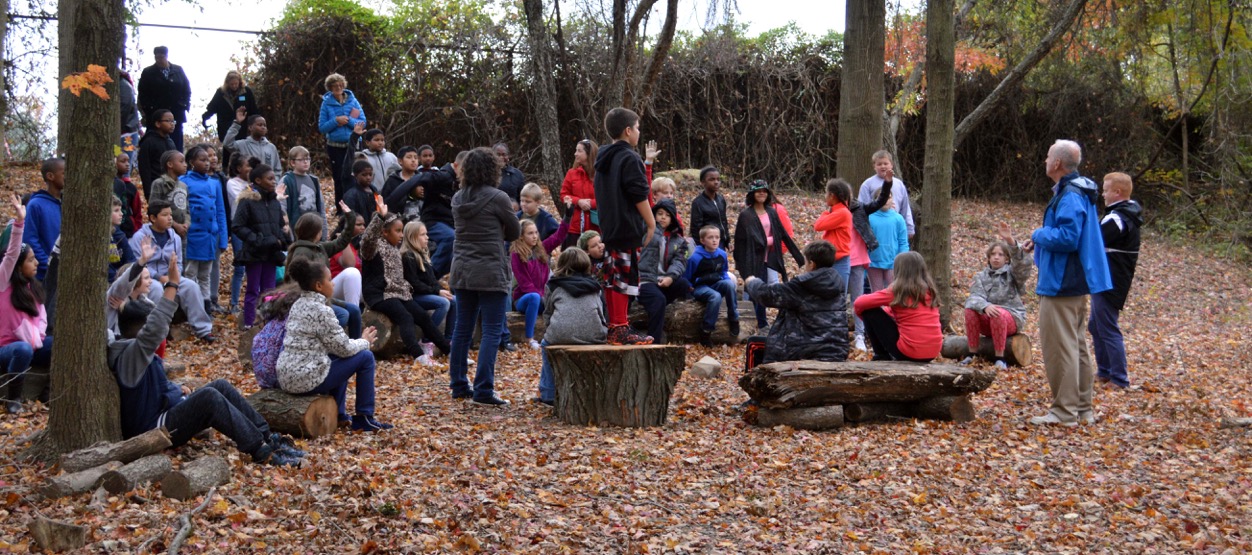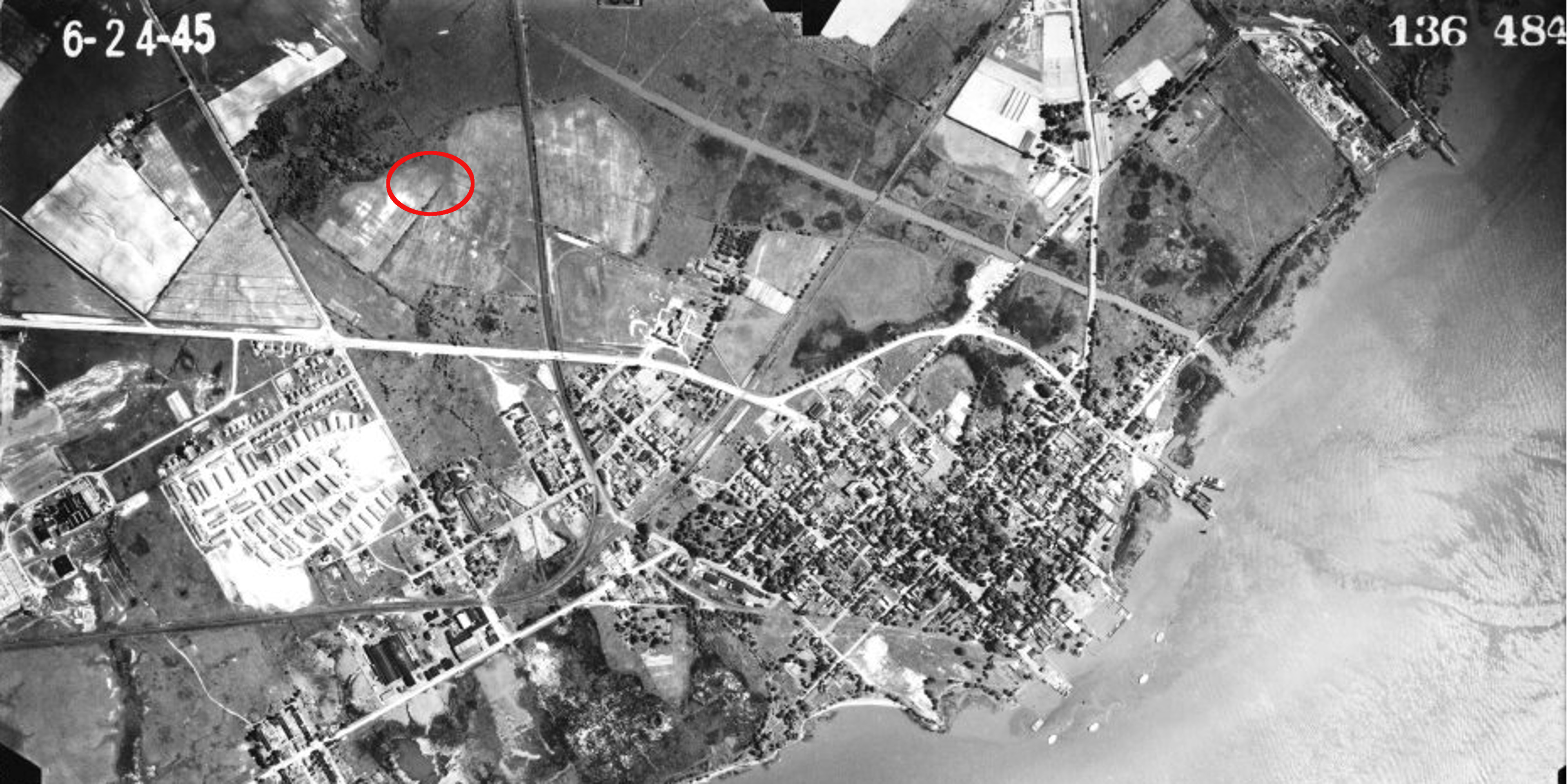Unmanaged Reforestation


-Two outdoor classrooms at Carrie Downie Elementary School were opened in 2018 to 300 kids.
-I asked each grade in turn "who is older; me or these trees?" They all answered "the trees." Wrong.
-An aerial photo taken in 1945 three years after I was born shows that at that time were no trees there at all. Therefore all the forest around us was new.
-I asked each grade in turn "who is older; me or these trees?" They all answered "the trees." Wrong.
-An aerial photo taken in 1945 three years after I was born shows that at that time were no trees there at all. Therefore all the forest around us was new.
It was obvious to me from aerial photographs when I began to be involved with the Hermitage that its forest was second growth. I did not stop to ask many obvious questions:
- Is unmanaged reforestation common in Delaware and Worldwide?
- Is the Hermitage forest cover now similar to long gone predevelopment forests and meadows: how diverse is the distribution of kinds of trees? To what extent do they represent trees native to this environment?
- Where did the seeds come from? How were the seeds distributed?
- Are the tree species present useful in supporting wildlife?
- Where and when did the 'ecological tumors' of alien species of both trees and shrubs arrive?
- When did the deer infestation start to control the look of the forest? What does the deer situation look like in other forests and natural areas in Delaware?
- How do other natural areas handle the political minefield of hunters vs. Friends of Bambi?
- How do unmanaged and managed forestation compare?
Trees near the Hermitage in 1701 vs 2020
We can get an idea of trees near this site in colonial times from a survey. William Penn ordered "G. Dakeyne, Surveyr" in October 1701 to "Survey and lay out to the Inhabitants of New Castle, to lye in common for their accomodation and to their onely use and behoofe, one thousand acres of Land... ". One of the trees he used as a boundary marker was a few hundred feet away from the Carrie Downie property. He used 16 trees in all as markers: 6 blacks oaks, 3 white oaks, 3 red oaks, 3 hickorys and 1 spanish oak. Trees in the red oak family are perhaps the most common trees on the property, they include pin oaks also known as swamp northern oak, southern red oak (spanish oak, swamp red oak), northern red oak, and maybe scarlet oak. I'm not sure whether there are black oaks or not. White oaks are plentiful but less common. There is at least one hickory apparently of the pignut type.
Comparison of Hermitage area tree species with native Delaware trees
There are about 40 or more tree species at the Hermitage including natives to the area, and eastern U.S., and aliens. How does this diversity compare with what existed in earlier times? The closest data I have found is a list of plants that are native to any part of Delaware (including the pine forests and swamps of the south), not just the northern piedmont forests of New Castle County. Bill McAvoy, Delaware State Botanist wrote this list of Delaware Trees in 2009. Of the 66 or so deciduous Delaware trees, 22 or about 1/3 are found at the Hermitage. Therefore the species distribution now in the Hermitage now is not the same as in all of Delaware and probably not even in coastal northern Delaware either, but it is quite diverse. Apparently Mother Nature did a good job of reforesting without help. This should not have been surprising.
Where, When and How did the seeds arrive?
There are lots of questions (as indicated above) about reforestation. They are out of the scope of this website.
Jim Meek 2020
NC-CHAP
NC-CHAP